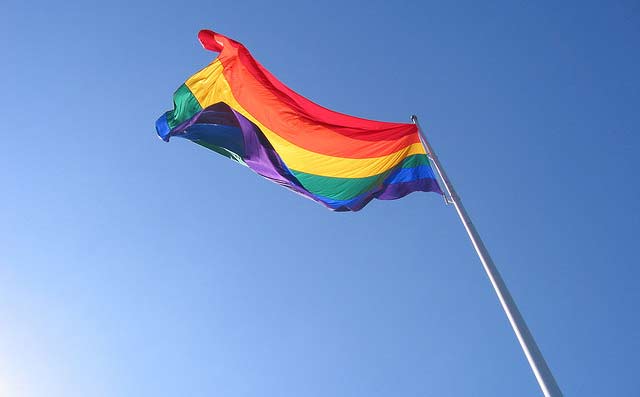A new study released this week by the Urban Institute paints one of the more in-depth pictures of LGBT youth in New York City who trade sex for survival. The report is the first in a series to present findings based on in-depth interviews with nearly 300 young people whose median age was 19. And so far, those findings are debunking some of the more commonly held myths surrounding who does sex work.
Among the study’s initial findings is that young men were just as likely, if not more, to trade sex for survival. In total, of the study’s nearly 300 participants, 54 percent were men, 42 percent were women and 4 percent identified as transgender. Those findings fly in the face of the more commonly held assumptions that young women are far more likely than young men to trade sex for food, shelter or basic necessities.
But exactly how those young people enter the sex trade differs based on their gender. Cisgender women — those whose gender identities align with how they were assigned at birth — were less likely to report trading sex on their own. In total, 11 percent of cisgender women reported first trading sex on their own, compared with 24 percent of men. Similarly, transgender women were least likely to indicate initially trading sex on their own, according to researchers. What that means is cisgender and transgender women were more likely to be recruited into the commercial sex trade by an exploiter.
Of the nearly 300 participants in the study who identified as LGBT, young men who sleep with men (YMSM) or young women who sleep with women (YWSW):
- The vast majority were of color: 37 percent identified as black, 22 percent identified as Latino and 30 percent identified as more than one race.
- Homelessness is one of the most common drivers of youth engagement in survival sex.
- Homophobia contributed not only to young people becoming homeless, but was also identified as a huge barrier in their access to social services in New York City.
Read the report here.
